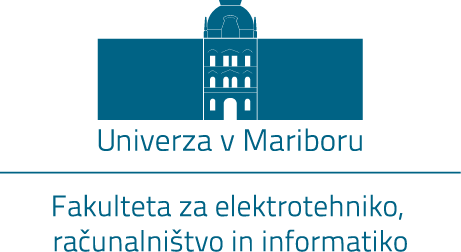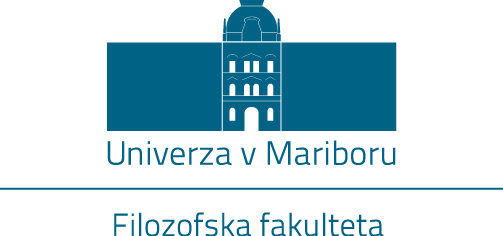
-
-
The construction of bourgeois villas in Maribor is directly connected to the gradual industrialization of the town in the second half of the 19th and the first half of the 20th century. Luxurious family houses surrounded by gardens and built in modern Historicist styles were commissioned mostly by wealthy industrialists, who moved to Maribor in the second half of the 19th century. The villas were situated in former suburbs that became the wider town centre after parts of the town wall surrounding the old town centre were demolished. Some built their villas next to industrial plants that had grown in the Melje suburb, east of the railway line, however, most of them decided to build them in the newly established neighbourhood of villas that developed between the old town centre and present day Ljudski vrt after 1871. In the first half of the 20th century, the neighbourhood of villas spread mostly towards the west, into the Koroško suburb, where wealthy bourgeois families built their...
-
After political overthrows, the new government wanted to erase the memory of people and events to which certain monuments were dedicated, by removing them from the public space. After World War I and the dissolution of the Austro-Hungarian Empire, public monuments in Maribor dedicated to the members of the imperial family and to the people who were thought to have been connected to the Germans in a developing Yugoslavia were removed as well. This removal is a reminder of former national disputes between the Slovene and German populations in Maribor. It is also the reason for the diminished visual image of today’s Trg generala Maistra (General Maister Square), the Town Park and the area in front of the Cadet School. The trail guides us to the monuments erected between 1882 and 1899 by the citizens of Maribor in the area north of the former town walls and on the right riverbank of the Drava River.
-





